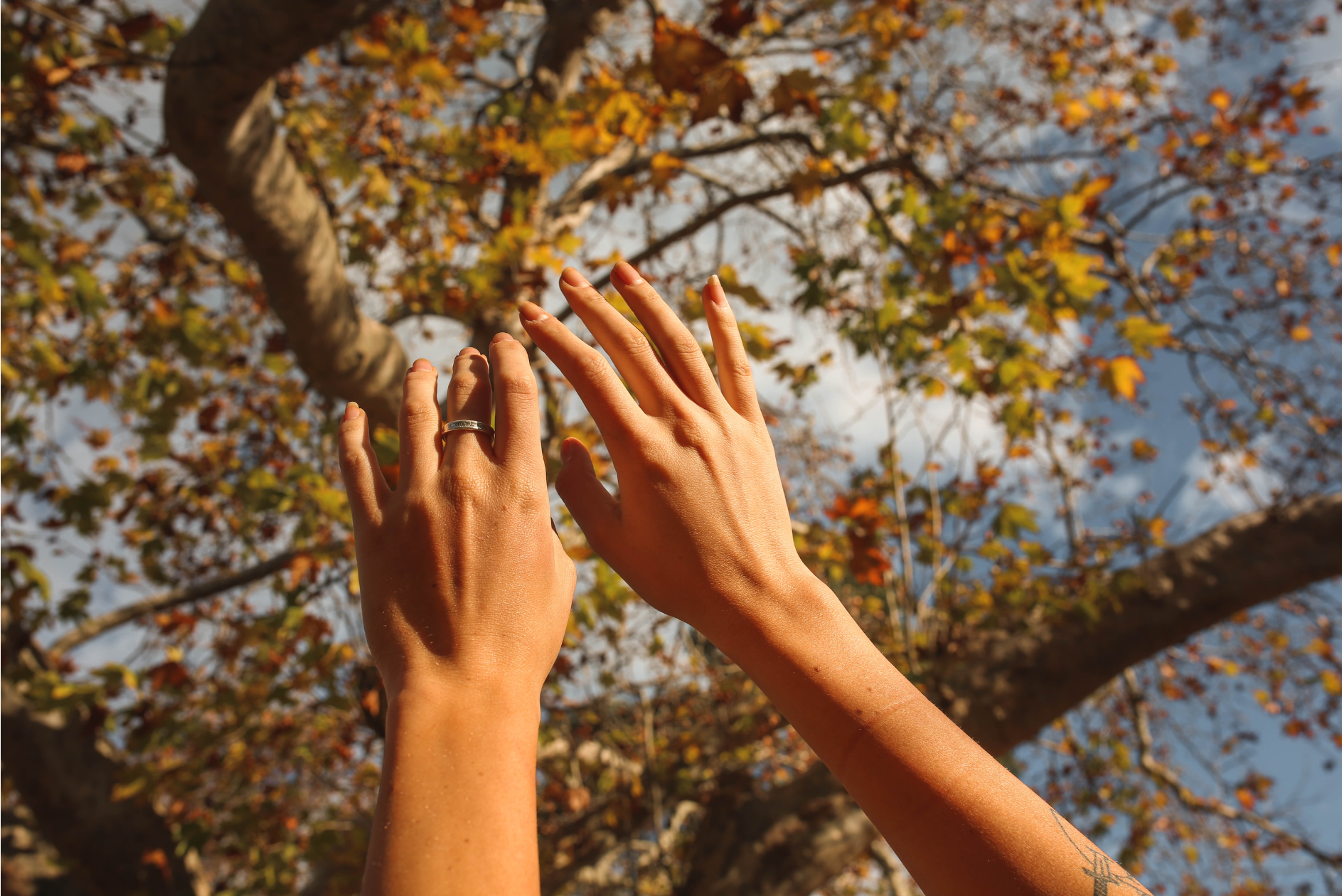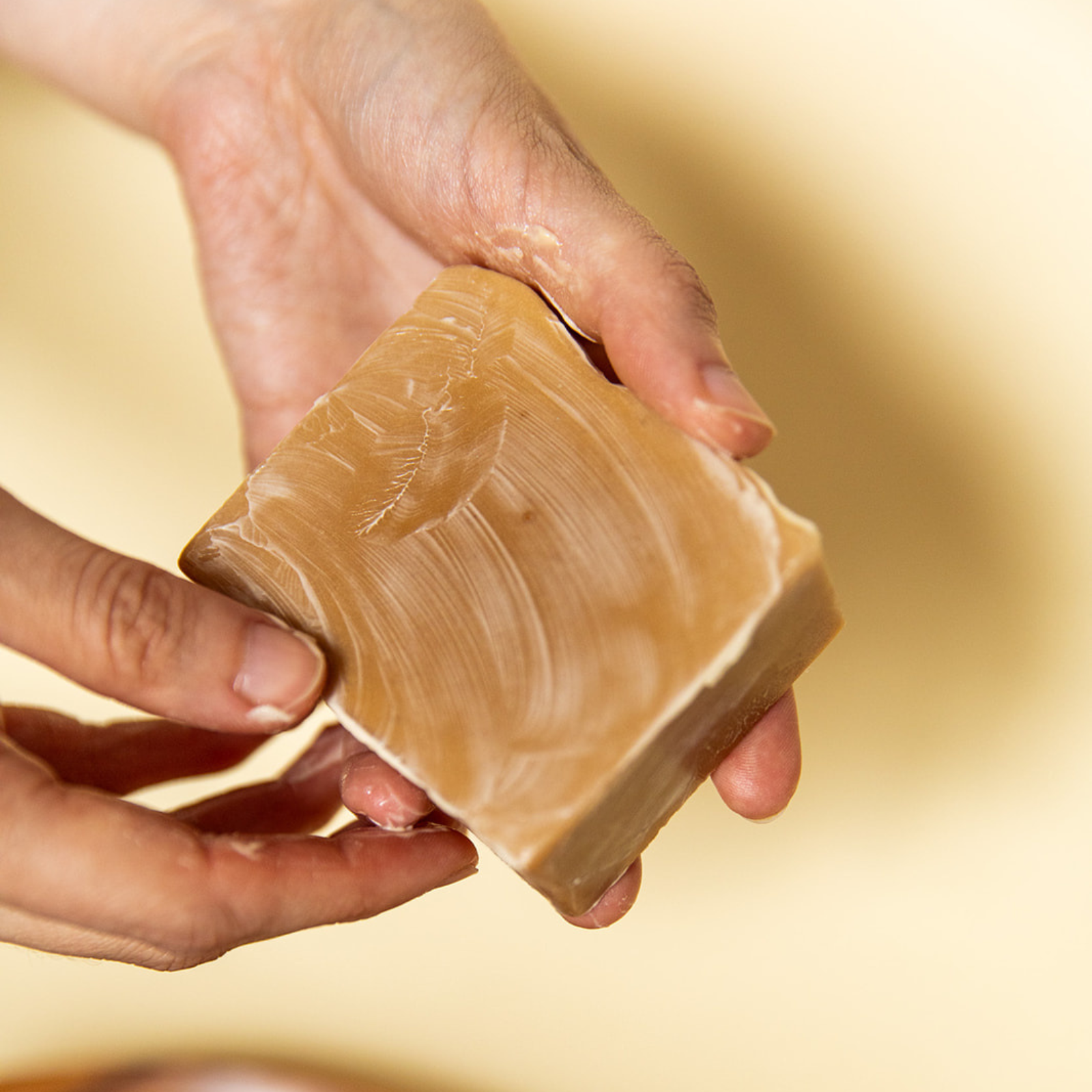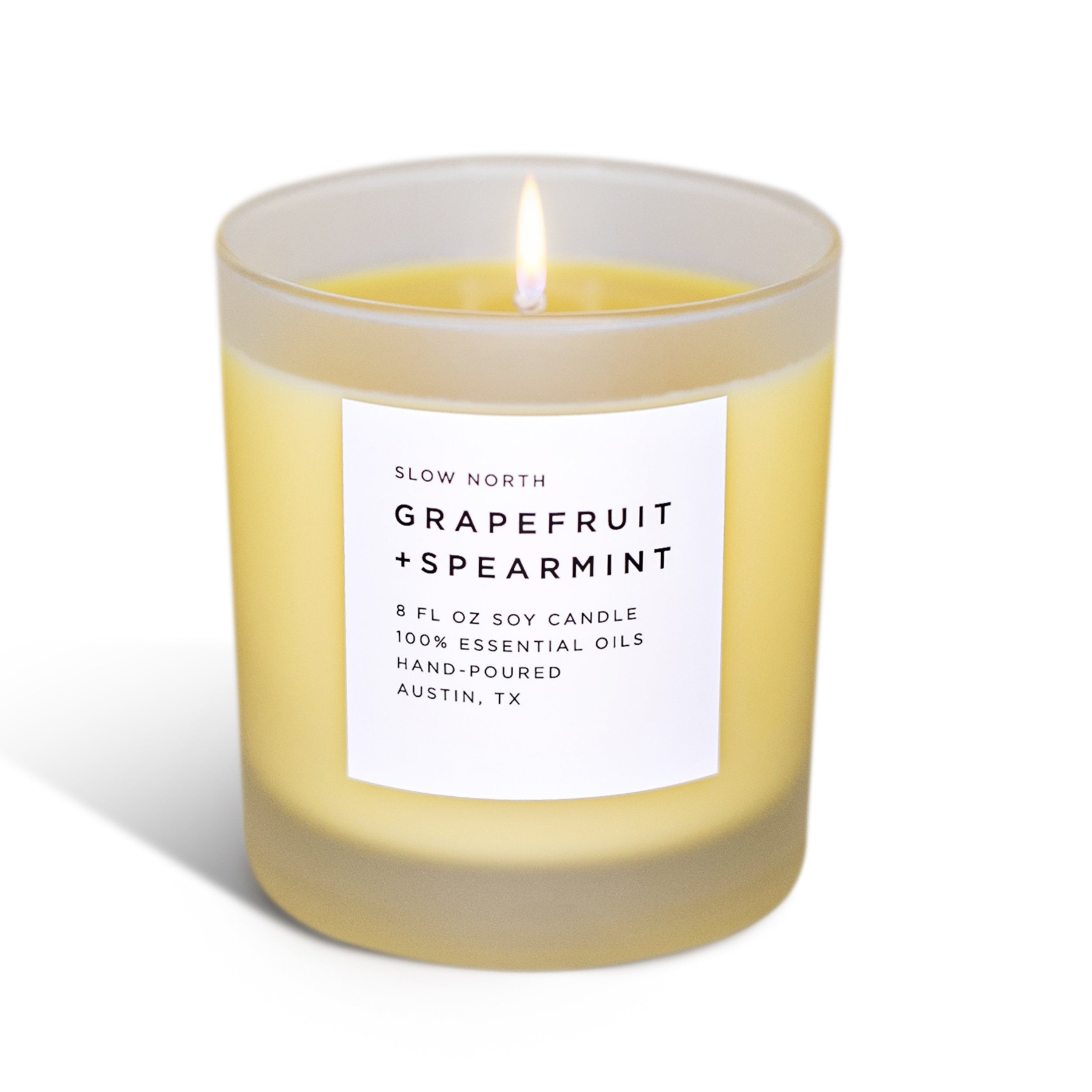The 22nd of September marks autumn’s seasonal debut in the Northern Hemisphere this year. Slowly but surely, the temperature drops, the days get shorter, and the foliage transforms into a kaleidoscope of red and gold.

The onset of autumn, officially called the autumn equinox, has been celebrated worldwide for centuries. But what does the autumn equinox really mean and what is its significance?
Autumn Equinox: An Astrological Phenomenon
The autumn equinox occurs when the sun shines directly over the equator, meaning that day and night are just about equal in length. There are only two times a year that the Earth’s axis is tilted neither toward nor away from the sun — the only other time is the spring equinox.

The Equinox And The Harvest Moon
Traditionally, the autumnal equinox was a time to honor the harvest. Not coincidentally, the full moon that falls closest to the autumn equinox is called the Harvest Moon.
Many of the world’s ancient cultures centered their equinoctial celebrations around the Harvest Moon – and some of these traditions still live on today. In China, for example, the Harvest Moon marks the beginning of the mid-autumn festival (or mooncake festival), during which families gather and light lanterns to wish for future prosperity. To the ancient Greeks, the equinox signified the return of Persephone, goddess of harvest and fertility, to the underworld, where she’s reunited with her husband Hades, god of the dead.

In North America, Native tribes marked the significance of the Harvest Moon in various ways. The Cree people called it the Rutting Moon because come September, the elk rub the velvet off their antlers to prepare for the mating season. The Cherokee Nation called it the Nut Moon, given that was when many trees and bushes began producing nuts.
This year’s Harvest Moon will be full on September 10th this year at 5:59 a.m. Eastern Time.
The Significance Of The Autumn Equinox
Though the equinox’s significance varies from culture to culture, it’s ultimately viewed as a time to reset by those living in tune with the seasons. The equinox presents an opportunity to slow down, reflect, and face the quieter, darker season ahead with focus and intention.

For example, we might think about reaping the harvest of our own work throughout the year. It’s a good time to think about how your goals have come to fruition. (Psst: a gratitude journaling habit will do you well this time of year).
The autumn equinox also welcomes us to embrace change. As the days grow short and the leaves fall, we’re asked to welcome a season of transition within ourselves. With winter approaching, we shed the high-energy vibrations of summer and slip into a quiet period of reflection. Ready to really set the fall mood? Try lighting up a Moonglow candle as part of your equinox celebration.

The equilibrium between day and night also represents the light and darkness in our lives. The pagan equinox celebration Mabon has always been a time to honor the balance between dark and light, feminine and masculine, inner and outer. It’s a good time to reflect on your own dualities. Ask yourself: how will you balance the light and dark that lives in you?
No matter what the equinox means to you, we hope you get a chance to reflect on your successes and prepare yourself for the coming winter - mind, body, and spirit.
Cecilia Seiter
Cecilia is a freelance writer and contributor to Slow North. She writes largely about sustainability, especially as it applies to beauty, wellness, and the future of technology. She is a graduate of the journalism department at Cal Poly, San Luis Obispo and is based in Oakland, CA.

































